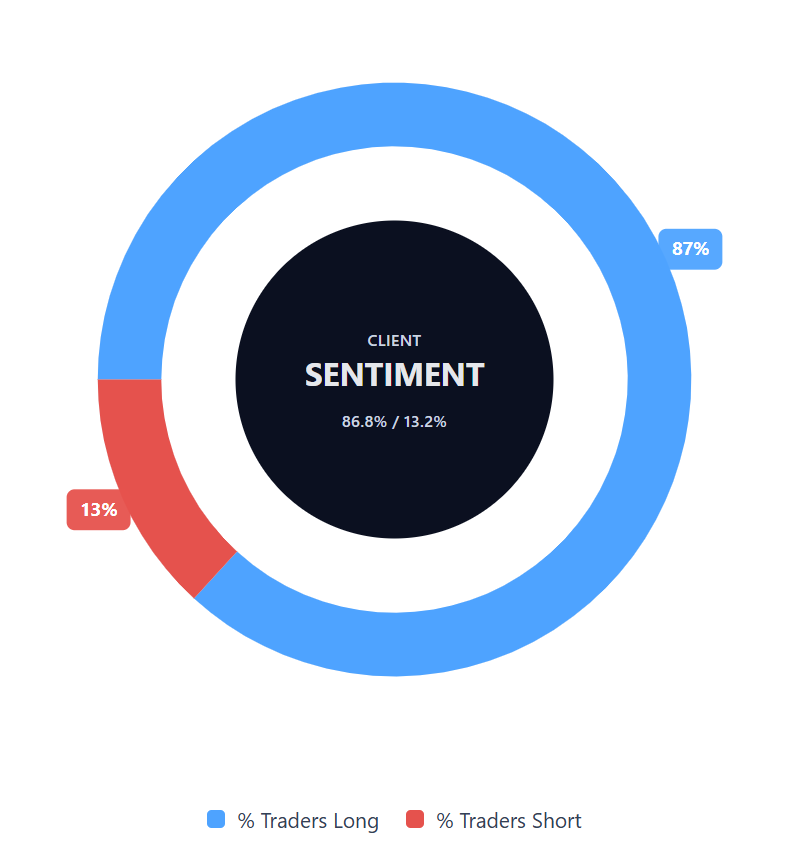Ethereum Price Prediction: Third-party outlook
Ethereum (ETH) was trading at $4,188.46 at 12:01pm UTC on 22 September 2025, rebounding from an intraday low of $4,153.49 but still below today’s high of $4,495.97.
The latest price movements followed a rise in the US Dollar Index to around 97.8 after Federal Reserve commentary. They also coincided with confirmation from Ethereum core developers of the Fusaka upgrade, scheduled for 3 December. The update will introduce PeerDAS sampling to improve network scalability (Trading Economics, 22 September 2025).
Ethereum price prediction 2025-2030: Analyst projections
Citi (year-end 2025)
Citigroup expects Ethereum to end 2025 at $4,300, noting that recent strength appears driven more by sentiment than fundamentals. With ETF inflows into ether likely to remain smaller than bitcoin’s, and network activity a key driver of value, the firm advises caution amid possible shifts in risk appetite (Reuters, 16 September 2025).
Standard Chartered (year-end 2025)
Standard Chartered has raised its 2025 target to $7,500, citing increased industry engagement and an expected eightfold rise in stablecoin issuance by 2028, which could support higher transaction fees on Ethereum. The bank highlights staking demand and regulatory clarity under the Genius Act as key factors for potential price growth (Reuters, 13 August 2025).
LiteFinance (year-end 2025)
LiteFinance projects Ethereum could close 2025 in the $4,300-$4,700 range, noting that network upgrades and growing staking yields provide support. With technical indicators aligned to a bullish impulse after the September rebound, analysts suggest that wider crypto-market sentiment will remain a decisive influence (LiteFinance, 22 September 2025).
CoinGape (September 2025)
CoinGape analysts expect Ethereum to trade at an average of $4,622.38 in October 2025, with a potential high of $4,634.91, driven by short-term contracting triangle patterns and strong trading volume. They add that technical momentum indicators point to a continuation of the recent uptrend (CoinGape, 22 September 2025).
CoinCodex (2025 annual average)
CoinCodex forecasts Ethereum to reach $5,100.57 in October 2025 and $8,643.76 in December, noting that regulatory clarity and ETF product rollouts could increase institutional participation. Their model assumes stronger Layer-2 activity and higher transaction fees after the Fusaka upgrade (Blockonomi, 19 September 2025).
Changelly (year-end 2025)
Changelly anticipates Ethereum finishing 2025 near $6,124.39, supported by DeFi expansion and higher gas fee revenue from NFT and gaming activity. The service highlights that on-chain transaction volumes and average fees remain critical for sustaining mid-cycle valuations (Changelly, 22 September 2025).
CFDs are complex instruments and come with a high risk of losing money rapidly due to leverage.
ETH price: Technical outlook
On the daily chart, Ethereum is trading below its main moving-average cluster: 20/50/100/200-DMAs at approximately 4,443 / 4,377 / 3,685 / 2,891. The 20-over-50 alignment remains intact, with the 200-day EMA positioned near 3,370. Momentum is neutral, with the 14-day RSI at 40.
A daily close above the 4,235 pivot would bring the 5,113 area into view. On the downside, initial support lies at the 3,514 pivot, followed by the 100-day SMA near 3,685. A break below the 200-day EMA at 3,370 could open the way to deeper losses towards the lower shelf (TradingView, 22 September 2025).
This technical analysis is provided for informational purposes only and does not represent financial advice or a recommendation to buy or sell any instrument.
Capital.com’s client sentiment for Ethereum CFDs
Ethereum CFD buyers account for 86.8% vs 13.2% sellers, which puts it one-sided toward longs by 73.6 pp. This snapshot reflects open positions on Capital.com and can change (22 September 2025).

FAQ
Who holds the most Ethereum?
The largest Ethereum holder by address is the ETH-2 Beacon Deposit Contract, with over 66.86m ETH staked to secure the network. Among individual entities, early investor Rain Lohmus is reported to hold around 250,000 ETH in a private wallet (Arkham Exchange, 8 September 2025).
Could Ethereum’s price rise or fall?
Yes. Ethereum’s price is influenced by macroeconomic factors such as US dollar strength, Federal Reserve policy and crypto-market liquidity, as well as network-specific developments including protocol upgrades, staking yields, and on-chain activity.
Should I invest in Ethereum?
This material is for informational purposes only. It does not constitute investment advice or a recommendation to buy or sell any financial instrument. Past performance is not a reliable indicator of future results. CFDs are traded on margin. Leverage amplifies gains and losses.